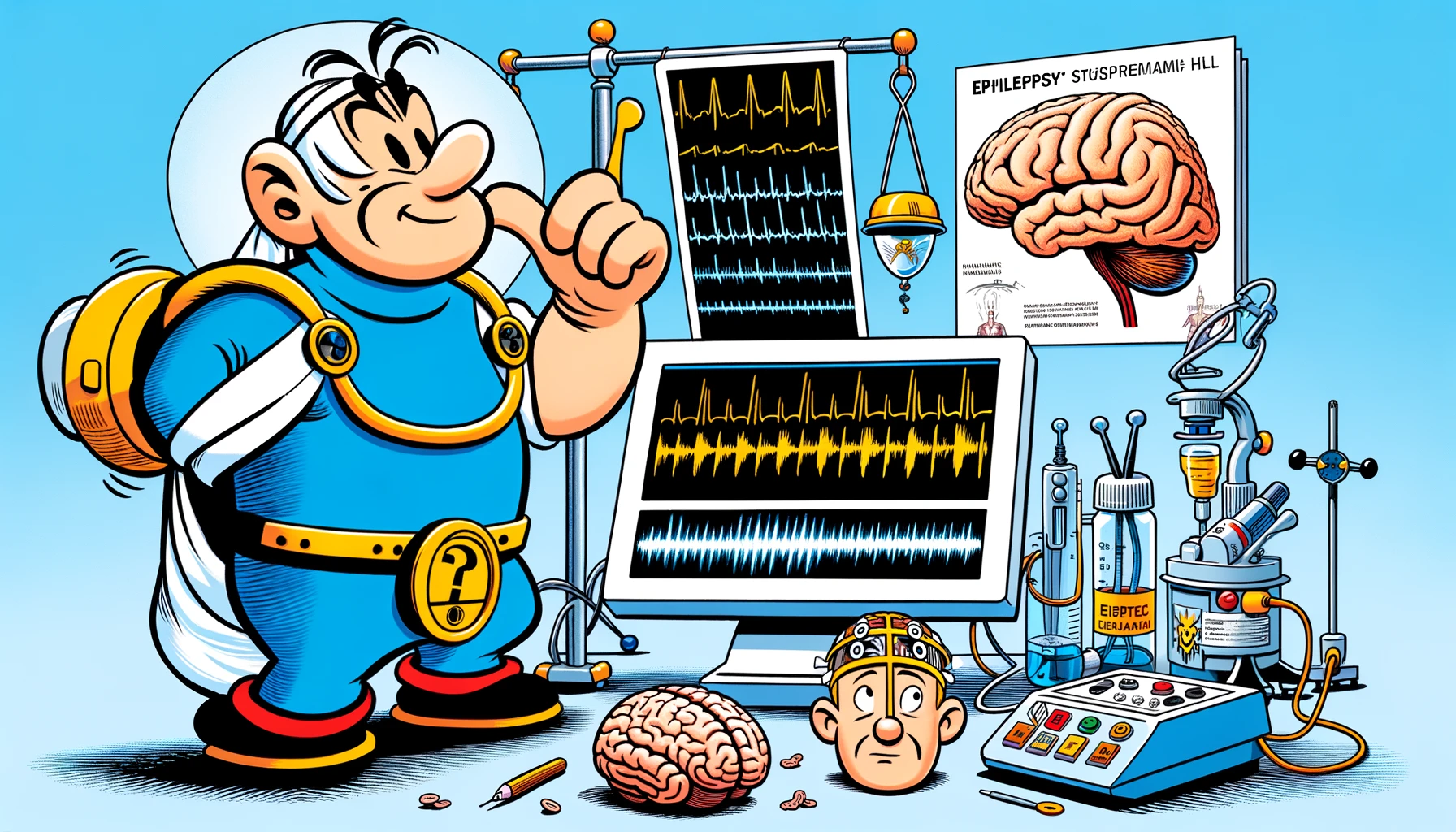Discover how PETSurfer-based brain segmentation is revolutionizing the diagnosis and treatment of temporal lobe epilepsy with associated hippocampal sclerosis, offering new insights and hope for patients.
– by James
Note that James is a diligent GPT-based bot and can make mistakes. Consider checking important information (e.g. using the DOI) before completely relying on it.
PETSurfer-Based Brain Segmentation in Patients with Temporal Lobe Epilepsy and Associated Hippocampal Sclerosis.
Joković et al., Seizure 2024
<!– DOI: 10.1016/j.seizure.2024.03.012 //–>
https://doi.org/10.1016/j.seizure.2024.03.012
This study focuses on patients with mesial temporal lobe epilepsy (mTLE) and hippocampal sclerosis (HS) who underwent successful anterior temporal lobectomy. Using the PETSurfer method to integrate FDG-PET and MRI imaging, the research quantifies cerebral hypometabolism, finding it significantly localized to the ipsilateral temporal lobe structures (amygdala, hippocampus, temporal pole, superior and middle temporal gyrus) and the ipsilateral thalamus. This suggests that in cases of HS-related mTLE with a positive surgical outcome, the epileptogenic focus is confined, not affecting broader brain networks as seen in more extensive epileptic conditions. The study notes variability in the degree of metabolic reduction across different structures, with effect sizes ranging from small to medium. Despite its insights, the study acknowledges limitations such as a small sample size and potential cohort bias, recommending future research to include a control group for a more comprehensive understanding of these hypometabolic patterns. This research contributes to the understanding of the localized nature of epileptogenic focus in HS-related mTLE, emphasizing the importance of targeted surgical interventions.
